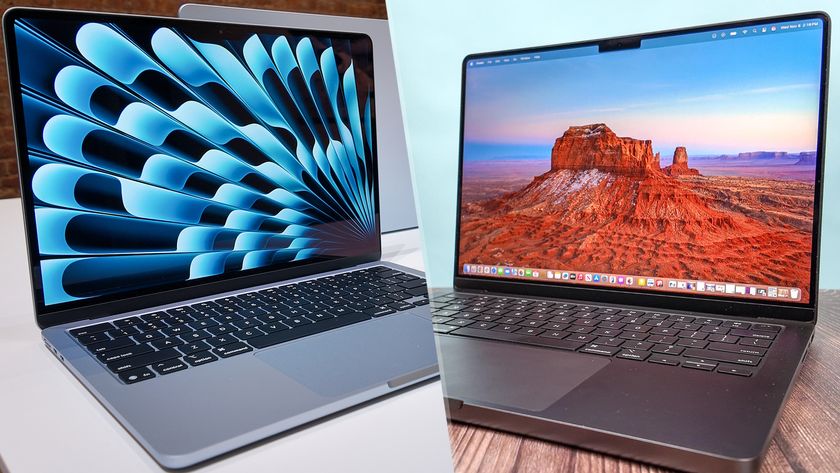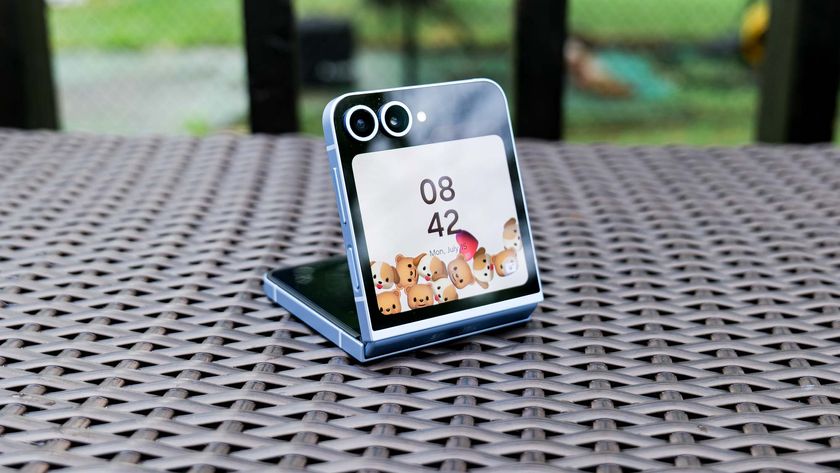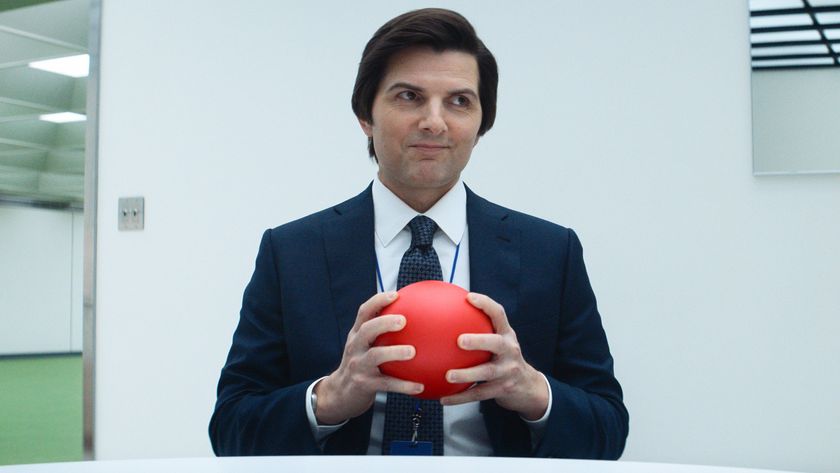Apple's DIY MacBook repair effort could be good — but one company's already doing it better
Apple's DIY repair effort is good - but Framework does it better

At the tail end of 2021, Apple surprised us by announcing plans to launch an iPhone Self Service Repair program, and I was ecstatic.
I switched from Android to iPhone about a decade ago because it seemed like iOS was the place to be if you wanted access to the biggest, most interesting walled garden of mobile apps. But as much as I appreciate the iPhones I've carried since, I've never felt good about buying Apple products. The Cupertino-based company has earned a reputation for designing hardware that's both expensive and notoriously difficult to repair, so the promise of being able to buy replacement parts direct from Apple and follow official guides to repair your iPhone yourself sounded too good to be true.
C'mon Apple, you can do better."
And in some ways, it is. Apple finally launched its inaugural iPhone Self Service Repair kits for the iPhone 12, iPhone 13 and iPhone SE 2022 in the U.S. earlier this month, with a promise to expand the program to more countries and more products going forward. It's a decent start: Apple's Self Service Repair website is straightforward and easy to navigate, with well-illustrated repair manuals that make the prospect of renting official Apple repair gear and cracking your phone open to fix something seem almost reasonable.

And while it can get expensive to take Apple up on its offer of buying official tools and replacement parts to repair your iPhone yourself, I appreciate that you have the option to rent tools and return old parts for a discount. I also like that Apple has committed to making replacements parts available for at least seven years after a given product debuts, or up to 10 years for the MacBook replacement batteries Apple plans to offer through this program in the future, when it expands to encompass M1-equipped Macs.
Heck, the fact that you can rent a toolkit from Apple that has everything you need to fix a given iPhone model for a flat $49 fee is, frankly, mind-blowing. It's a long-overdue and very welcome step in the right direction, one the Cupertino-based company deserves to be lauded for.
But c'mon Apple, you can do better.
How Apple's DIY repair program could be better
Because as welcome as Apple's DIY repair program is, it still has some glaring flaws. The folks over at iFixit are DIY repair experts who have been vocal advocates of the Right to Repair movement, and when Apple's DIY program launched they quickly pointed out some key weaknesses. Most notably, Apple currently requires you to give a valid serial number for the appropriate device you want to repair before you can buy parts for it.
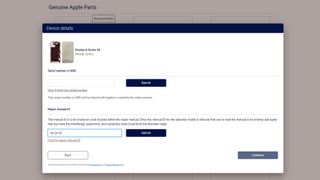
Also, replacing parts like the battery, camera or display requires you (or the repair shop) to run a proprietary piece of Apple software called the System Configuration tool in order to complete the repair process.
Together, these two requirements give Apple a lot of control over how customers can repair the devices they've purchased, control the company can only reasonably exercise to hamper attempts to fix your phone. As nice as it is that the company has committed to making replacement parts for a given iPhone available for seven years (which, as iFixit points out, is also required by law in Apple's home state of California), the fact that the company isn't willing to trust customers enough to let us buy parts without tying them to a valid serial number really kills my enthusiasm for this program.
And given that Apple has priced its tools and replacement parts so high that, according to iFixit, it's actually slightly cheaper to just go into an Apple store and have someone else replace your screen instead of doing it yourself, it's hard to feel like Apple's DIY repair program is a truly customer-friendly initiative. Instead, it seems more like Apple's trying to throw a bone to right-to-repair advocates and satisfy the letter of California's right-to-repair law without really making its devices much easier to repair.

That's a genuine disappointment because remember, the whole point of encouraging companies to sell devices that are truly easy to repair is ultimately to make the world a better place by cutting down on e-waste. It would also be a more customer-friendly world because third-party repair shops would be in a better position to compete with Apple for your repair bill, which means lower prices when you drop your phone for the umpteenth time and need an expert to replace the newly-shattered screen.
And if you're worried about entrusting whatever's on your phone to a third-party repair shop, well, that's a fair concern — but we've seen that Apple's own iPhone repair technicians can't be trusted with your sensitive data either, so it's best to just back up your iPhone and reset it to factory standard before you ever hand it off to a repairperson.
Why Apple should follow in Framework's footsteps
Of course, Apple still has loads of time to refine and improve its DIY repair program. The company has promised to expand the program later this year to include replacement parts for M1 MacBooks, which would be a wonderful about-face from a company that stopped selling laptops with easily replaceable innards well over a decade ago.
I was pretty excited about finally being able to buy a MacBook with the confidence of knowing I don't have to replace the entire thing if the battery gives out or the screen cracks, but Apple's disappointing showing thus far has undercut that enthusiasm. If I have to register my replacement parts with Apple and pay so much for the tools to execute the repair that it'd be cheaper to just pay Apple to do it, I'm a lot less excited about investing in a new MacBook.
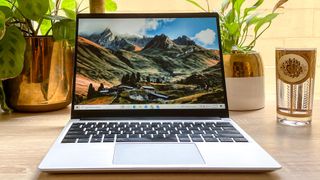
You know what I am excited about though — even a year after its debut — is the Framework laptop. Launched in 2021, the Framework is designed from the ground up to be easily repairable. Everything from the display to the webcam to the keyboard is replaceable, with clear labels and QR codes that take you directly to a page with repair guides and links to order replacements for the part you're looking at.
On top of all that, it's an excellent ultraportable that's roughly as thin and light as Apple's MacBook Air with M1. The fact that the Framework team was able to design a laptop that's competitive with one of Apple's best MacBooks while still being almost completely user-repairable (not to mention remarkably customizable, thanks to its unique Expansion Card system of hot-swappable ports) is a huge accomplishment, one I wish Apple would copy as it works to get its own DIY laptop repair program off the ground.

Sure, it's a lot to ask Apple to redesign its laptops from the ground up to be as easy to repair as a Framework laptop. But even just a few steps in Framework's direction would make life easier for millions of MacBook owners around the world.
Apple could start by ditching the inane requirement that customers put in a valid serial number in order to buy parts, for example, which would cut down on red tape and make life easier for everyone. Framework just lets you buy whatever parts you want; you can even buy a replacement mainboard and build your own DIY PC around it, no Framework required.
It could also partner with third-party repair champions like iFixit to sell replacement iPhone and MacBook parts at something closer to a reasonable price. Valve appears to have already done exactly that, partnering with iFixit to sell replacement parts for its popular new Steam Deck handheld PC.
But really, what I'd love to see Apple do is lean into this new passion for more repairable products with a vengeance.
The company has a well-earned reputation for designing beautiful, performant laptops that are an absolute bear to repair yourself. But now that the right-to-repair movement is gaining steam we're seeing Apple take some promising steps in the right direction, redesigning the 2021 MacBook Pro with more easily-repairable innards (god bless those battery pulltabs) and launching this promising (if flawed) DIY repair initiative — one which is expanding to M1 MacBooks. Apple just needs to keep heading in the right direction. Luckily, companies like Framework have already shown us the way.
Read next: Apple's MacBook Pro self-repair is pretty daunting, with some seriously complex instructions
Sign up to get the BEST of Tom's Guide direct to your inbox.
Get instant access to breaking news, the hottest reviews, great deals and helpful tips.

Alex Wawro is a lifelong tech and games enthusiast with more than a decade of experience covering both for outlets like Game Developer, Black Hat, and PC World magazine. A lifelong PC builder, he currently serves as a senior editor at Tom's Guide covering all things computing, from laptops and desktops to keyboards and mice.






